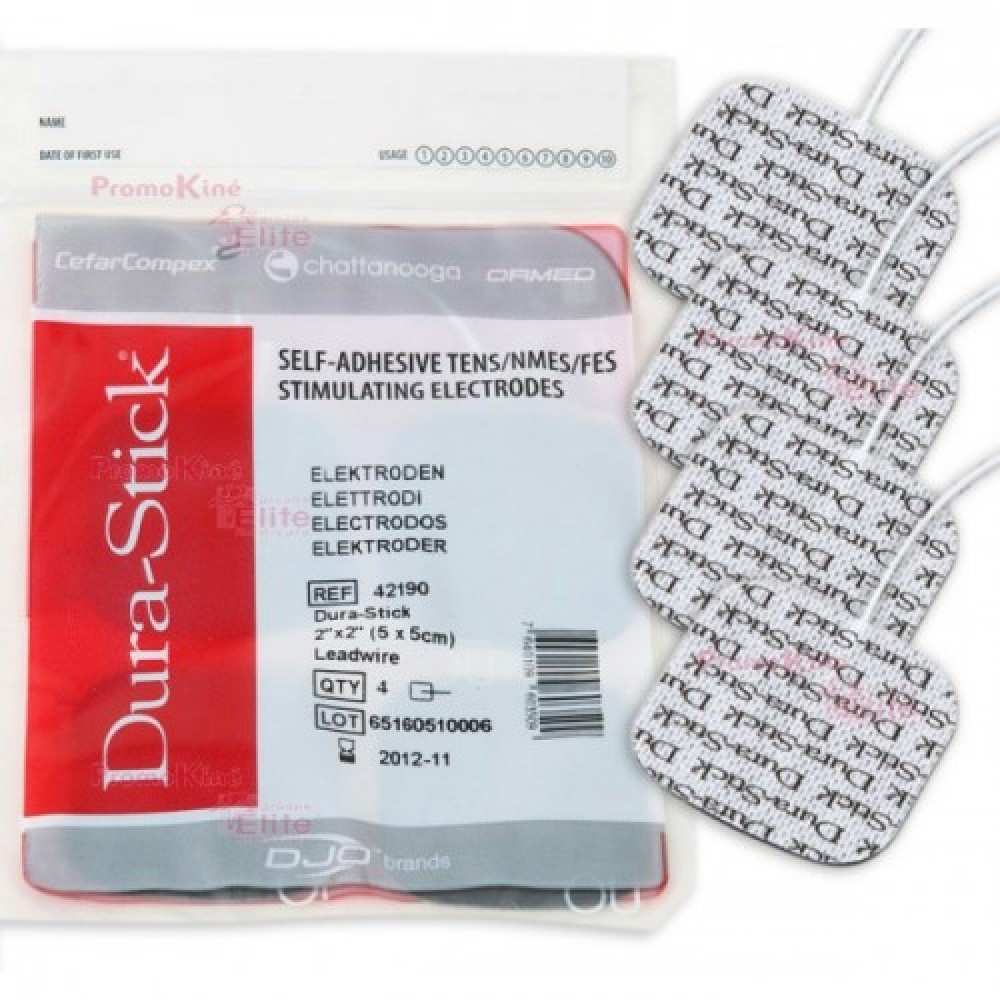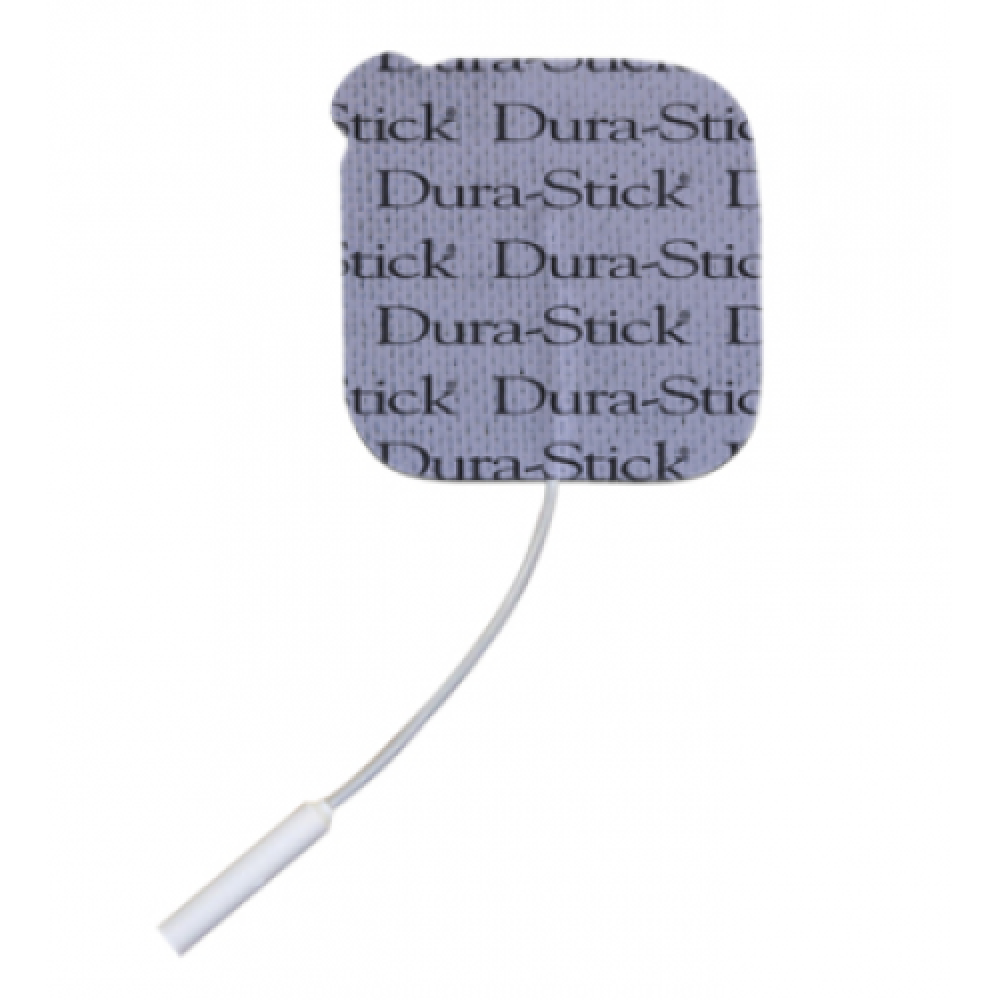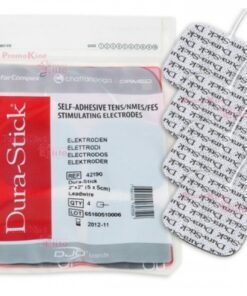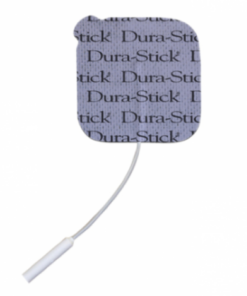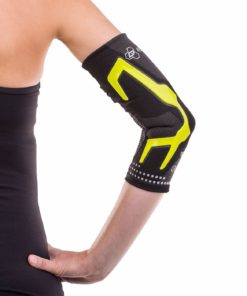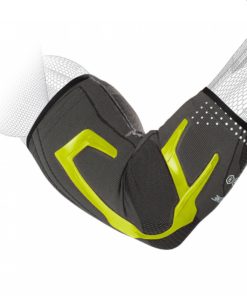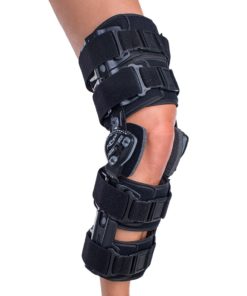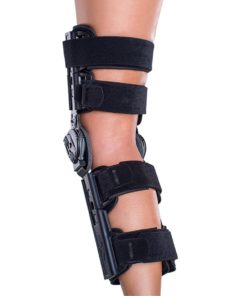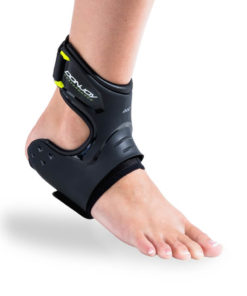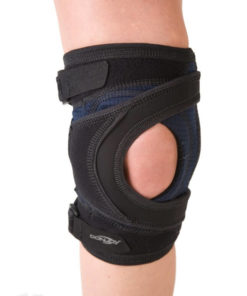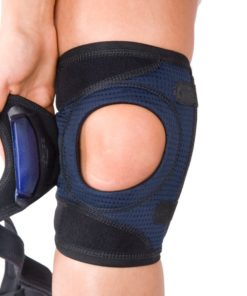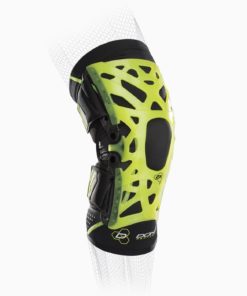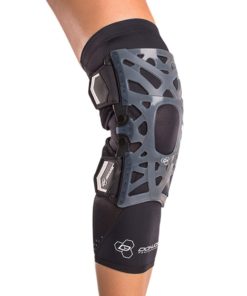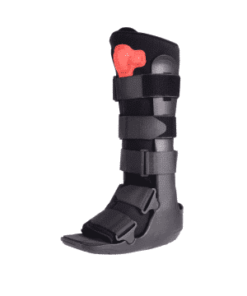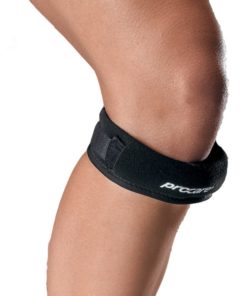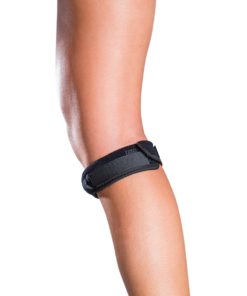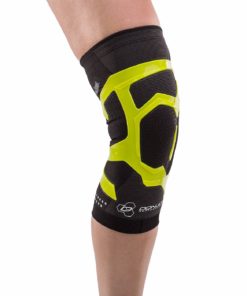The Dura-Stick Electrodes 4 Pack features
- Cost effective electrodes in which comfort and performance are not sacrificed
- White cloth backing aids in the conformity of the electrode to the skin
- Available in 5X5cm and 5X9cm sizes
TENS Machine Electrodes – What are they?
TENS machine electrodes are small pads that are attached to the TENS machine using wires. They are usually made from conductive rubber or hydrogel and are designed to transmit the electrical impulses generated by the machine to the skin. There are several different types of TENS electrodes available, including:
– Self-adhesive electrodes – These are the most commonly used type of electrodes. They stick to the skin using a special adhesive gel and can be reused multiple times.
– Carbon electrodes – These are traditional TENS machine electrodes that are no longer widely used. They are black and have a sticky surface that sticks to the skin.
– Conductive cloth electrodes – These are electrodes made from conductive cloth and are designed to be worn under clothing. They are usually used for long-term TENS therapy.
Before using any TENS electrodes, it’s essential to ensure that they are compatible with your TENS machine.
Placement of TENS Machine Electrodes
The placement of TENS electrodes is critical as it can affect the effectiveness of the therapy. Here are the steps to correctly place the electrodes:
1. Identify the area of pain – The first step in placing the TENS electrodes is to identify the area of pain. If you’re unsure about the location of your pain, consult with your healthcare provider.
2. Clean the skin – The area where the electrodes will be placed must be clean and dry. Use warm water and soap to clean the skin, and ensure that it’s free of any lotions, oils, or creams.
3. Apply the electrodes – Place the electrodes on the skin. The location of the electrodes will depend on the site of the pain, but a general rule is to place them on either side of the affected area. Ensure that the electrodes are at least an inch apart to avoid overlapping of electrical impulses.
4. Secure the electrodes – Once the electrodes are in place, secure them to the skin. Most self-adhesive electrodes come with a sticky backing that allows them to stick to the skin. Ensure that the electrodes are firmly in place and that the wires are not pulling on them.
5. Turn on the machine – When the electrodes are secure, turn on the TENS machine and adjust the settings to the desired level.
6. Remove the electrodes – When you’re finished with the TENS therapy, carefully remove the electrodes from the skin. Remove them slowly and carefully to avoid any discomfort.
Common TENS Electrode Placement Locations
The location of the TENS electrodes will depend on the area of pain. Here are the most common electrode placement locations for some common conditions:
Lower back pain – Place the electrodes on either side of the spine, just above the hips.
Knee pain – Place the electrodes above and below the kneecap, on the inside of the leg.
Hip pain – Place the electrodes on either side of the hip, close to the area of pain.
It’s essential to remember that the placement of the electrodes will depend on the area of pain.
Consult with your healthcare provider to ensure that you’re using the correct electrode placement for your condition.
| Size | 5 cm (2") – cloth 4pk, 5 x 9 cm (2 x 3.5") – cloth, 5 cm (2") – cloth 8pk |
|---|---|
| brands | Chattanooga |
Related products
Ankle Braces
Basketball
Ankle Braces
Basketball
Basketball


